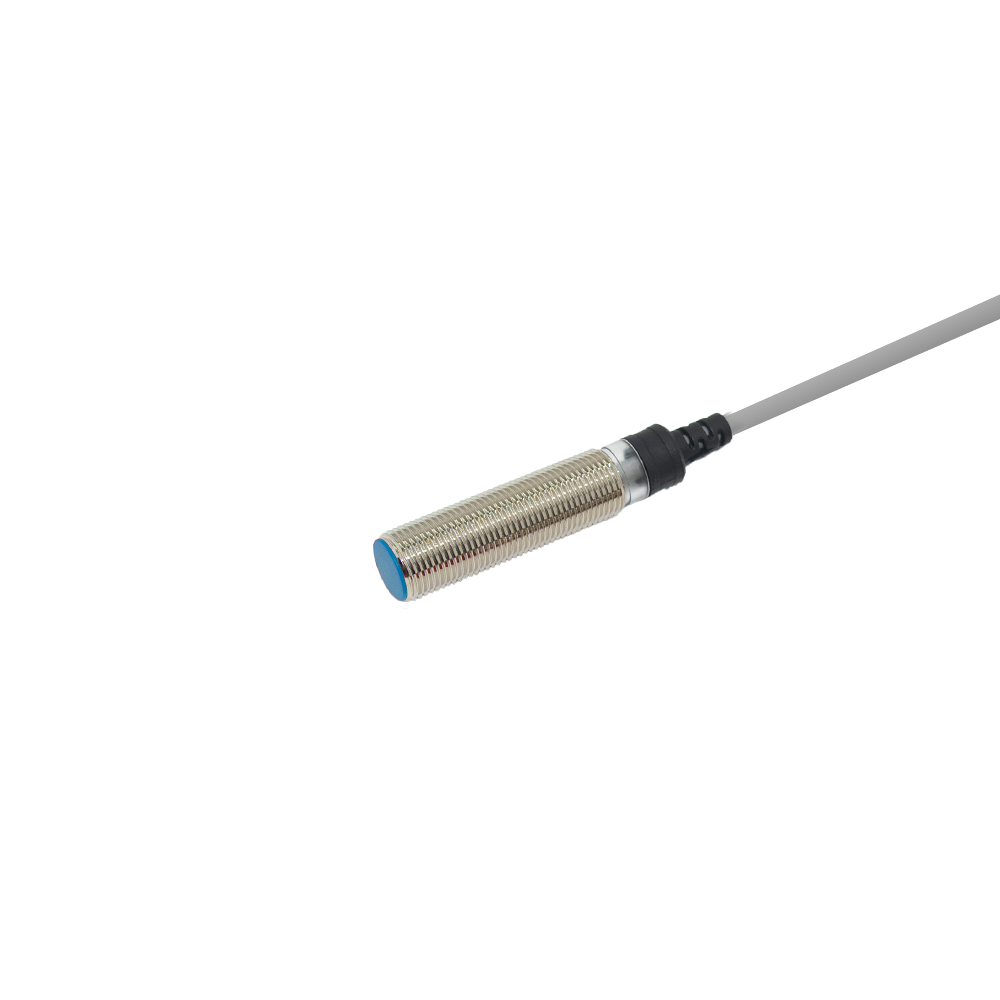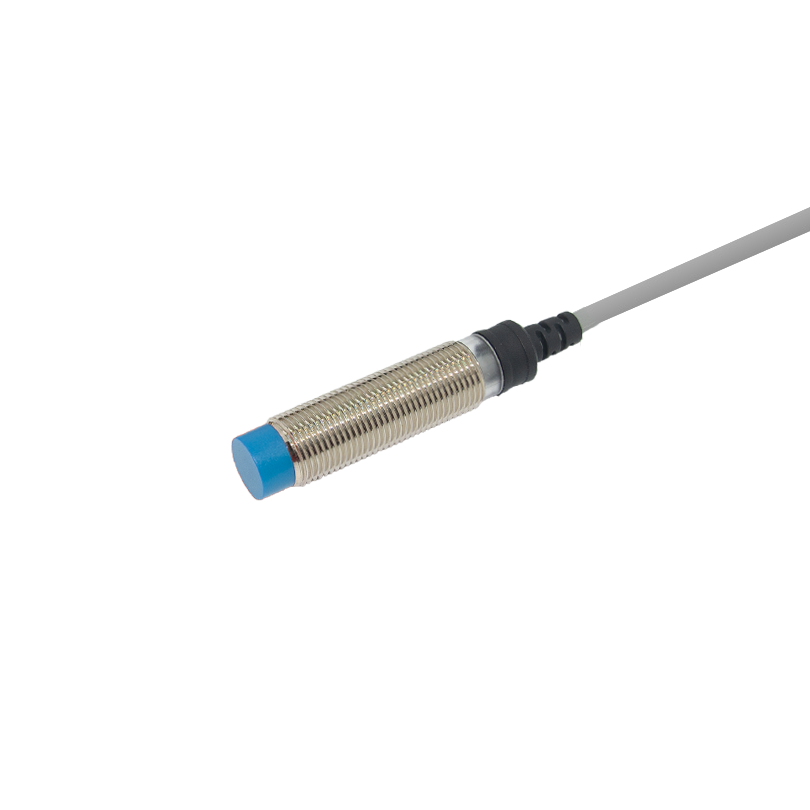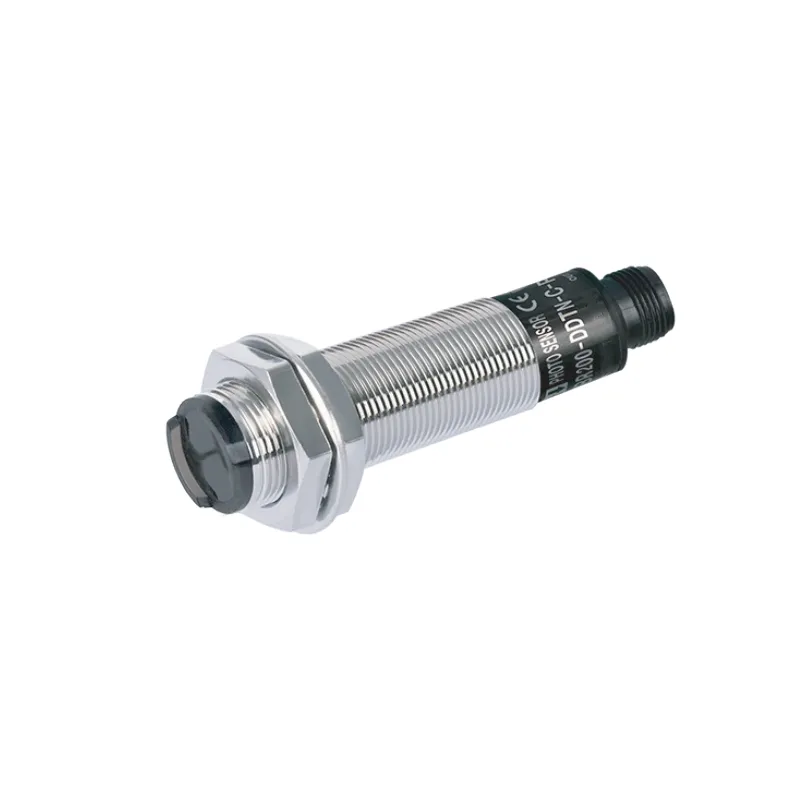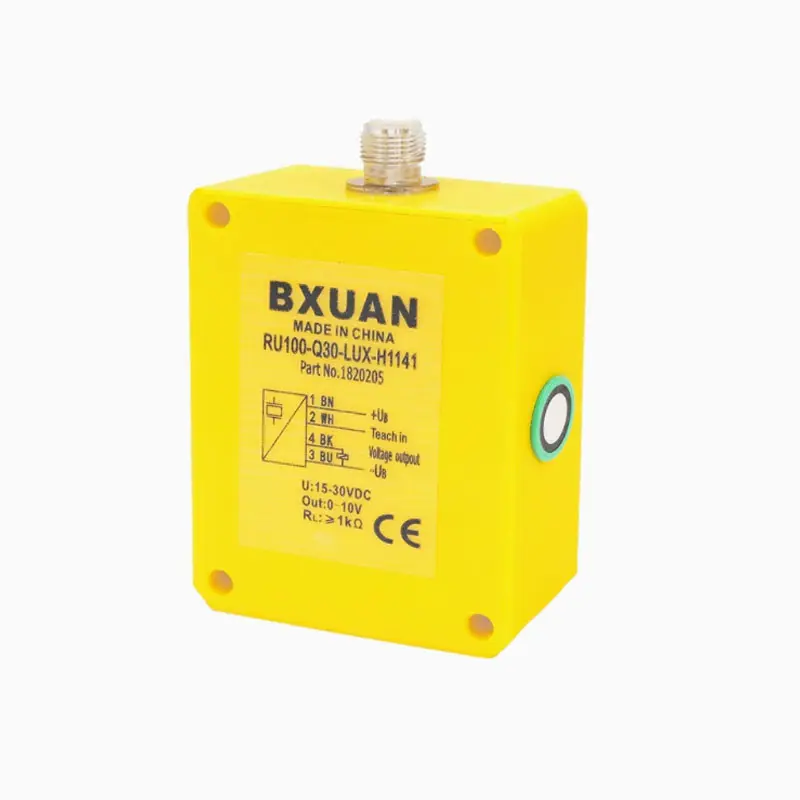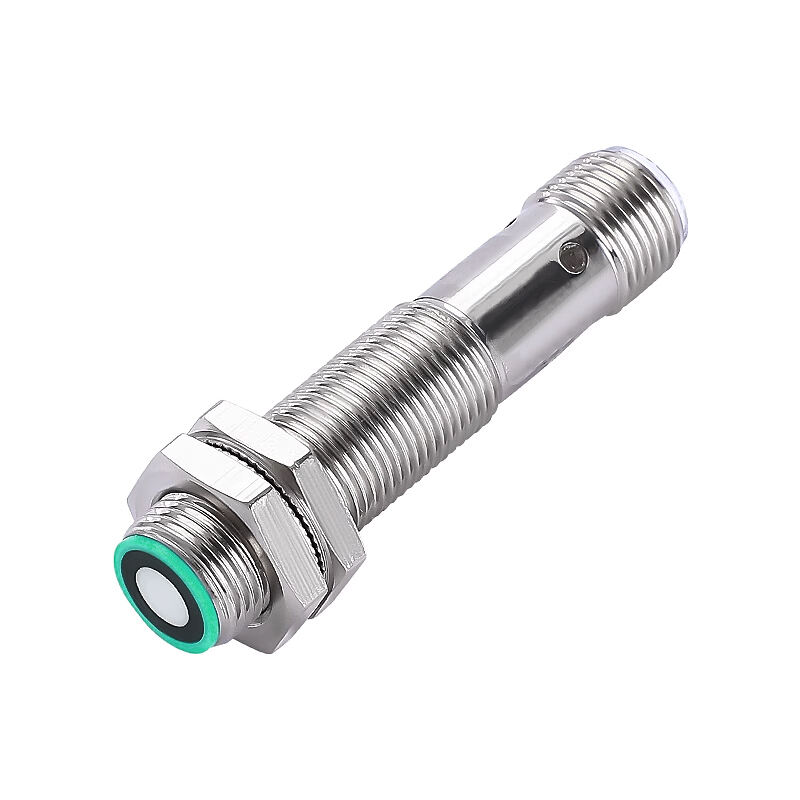مستشعرات فوق صوتية: حلول قياس بدون تلامس
كيفية تمكين مستشعرات فوق الصوتية للقياس بدون تلامس المبادئ الأساسية لاكتشاف القائم على الصوت تعمل مستشعرات فوق الصوتية باستخدام موجات صوتية عالية التردد في النطاق فوق الصوتي، عادة بين 23 كيلوهرتز و40 كيلوهرتز، وهي أعلى بكثير من...
عرض المزيد

